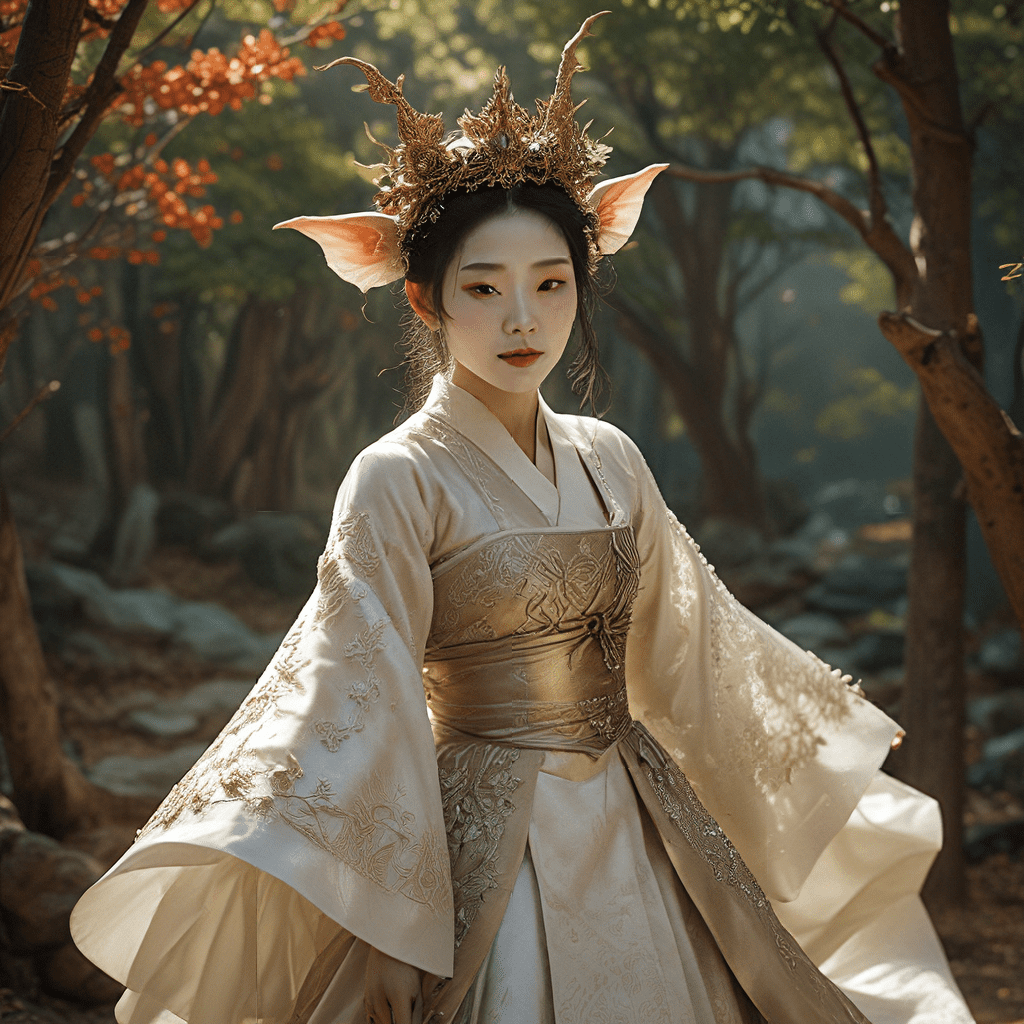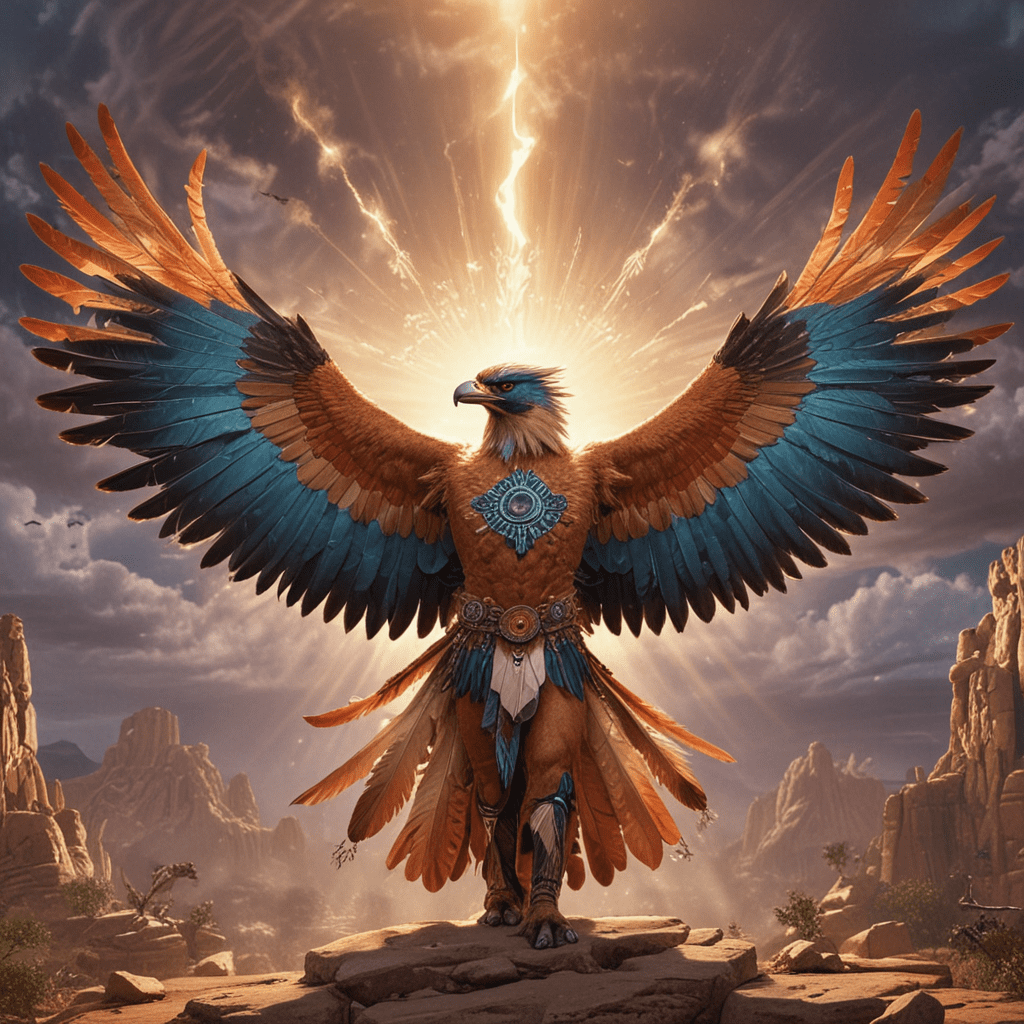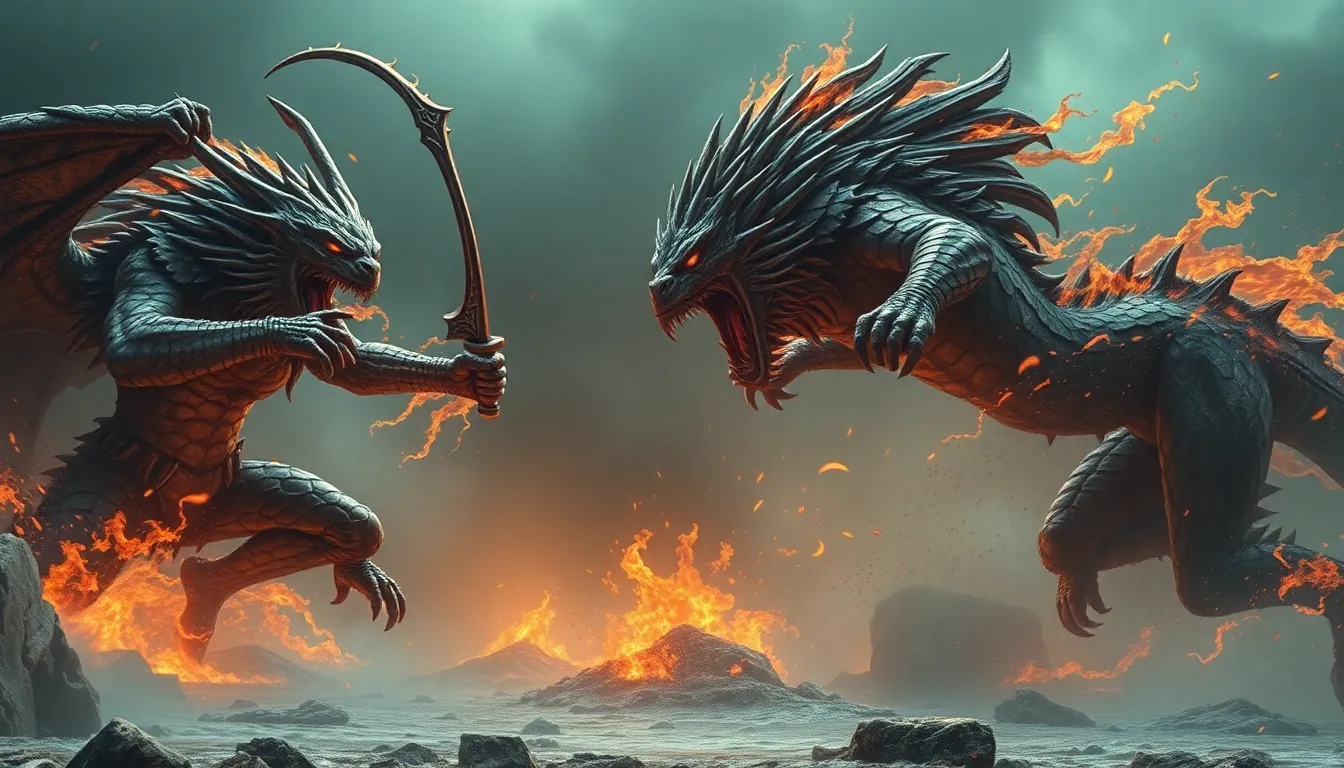The Goblin Bride: A Fusion of Fear and Fascination
In the captivating realm of Korean folklore, where mythical creatures dance amidst ancient forests and spirits whisper secrets in the night, the tale of the Goblin Bride stands as a timeless narrative that weaves together elements of fear, desire, and the enduring power of human longing. This captivating story, passed down through generations, explores the complexities of human nature, the allure of the unknown, and the consequences of choices made in the face of temptation.
The Goblin Bride, often depicted as a creature of alluring beauty and captivating charm, is a creature steeped in symbolism, representing a potent blend of danger and allure. She embodies the contradictory nature of the goblin itself, a creature that is both feared and revered in Korean folklore. For centuries, the goblin has been a subject of countless stories, its image reflecting the anxieties and aspirations of the Korean people.
A Tale of Transformation and Deception
At the heart of the Goblin Bride's story lies a profound transformation, a journey from the ordinary to the extraordinary, from the realm of mortals to the realm of the supernatural. The tale often begins with a young woman, faced with hardship or misfortune, who encounters a goblin in the guise of a handsome man. The goblin, with its inherent power to deceive, lures the woman with promises of wealth, power, and a life untouched by the hardships of the mortal world.
The woman, blinded by the goblin's charm, agrees to become its bride, unaware of the true nature of the bargain she has made. This act of acceptance marks a turning point, a moment where the woman's humanity is stripped away, replaced by the chilling reality of her supernatural existence. The Goblin Bride, though seemingly blessed with immense power and wealth, becomes a prisoner of her own choice, forever bound to the world of goblins.
Origins and Symbolism: The Goblin in Korean Folklore
The goblin, known as "Dokkaebi" in Korean, is a fascinating figure in Korean folklore, embodying a complex mixture of mischief, cunning, and supernatural power. These creatures are often depicted as mischievous spirits, capable of both good and evil, and their presence in folklore reflects the anxieties and aspirations of the Korean people.
The goblin's origins can be traced back to ancient shamanistic beliefs, where spirits were believed to inhabit the natural world, influencing human lives both positively and negatively. In many traditional Korean tales, goblins are depicted as tricksters, capable of manipulating human desires and exploiting their weaknesses. Yet, they can also be benevolent figures, aiding those in need and protecting the innocent.
The Goblin’s Allure: Beauty, Wealth, and a Promise of Power
The Goblin Bride's tale often hinges on the irresistible allure of the goblin's offer. The goblin, disguised as a handsome man, promises the woman a life of luxury and power, a life free from the burdens of the mortal world. The woman, faced with poverty, hardship, or simply a yearning for something more, is easily deceived by the goblin's seductive promises.
The goblin's allure is multifaceted, encompassing physical beauty, material wealth, and a promise of power beyond human comprehension. This irresistible offer plays on the deepest human desires, tapping into the yearning for a better life, a life free from the limitations and hardships of the mortal world.
The Bride’s Predicament: A Choice Between Mortality and Immortality
The Goblin Bride's choice is a difficult one, a crossroads where she must choose between the known and the unknown, between the comfort of mortality and the alluring promise of immortality. The choice is not simply a matter of personal desire, but a reflection of the constraints imposed by social norms and expectations of her time.
The woman, often depicted as a young and naive figure, is drawn to the allure of the goblin's offer, but she is also aware of the potential consequences. She knows that by accepting the goblin's hand, she will be forever bound to the supernatural world, forever separated from her family and the life she once knew. This dilemma at the heart of the Goblin Bride's story reflects the enduring human struggle between desire and responsibility, between personal ambition and societal expectations.
The Consequences of the Bargain: Loss of Agency and the Weight of Tradition
The Goblin Bride's choice, while seemingly empowering, often leads to a profound loss of agency. Bound to the goblin's world, she loses her individual identity and becomes a mere object within the goblin's domain. The tale underscores the consequences of succumbing to temptation, depicting the Goblin Bride's life as a constant struggle against the forces that control her. She becomes a prisoner of her own desires, trapped in a world she cannot escape. This aspect of the Goblin Bride's story serves as a cautionary tale, reminding us of the potential pitfalls of seeking power and wealth at the expense of our freedom and autonomy. It also reflects the weight of Korean traditions and expectations, where societal norms often dictate the choices individuals are allowed to make.
Interpretations of the Tale: A Warning Against Greed and Superficiality
The Goblin Bride's tale can be interpreted as a warning against the dangers of greed and superficiality. The goblin's offer, tempting as it may seem, is ultimately a hollow promise, a fleeting illusion of happiness. The Goblin Bride, despite gaining wealth and power, ultimately loses her humanity, becoming a mere shell of her former self. Her story serves as a reminder that true happiness cannot be found in material possessions or supernatural power. It lies within ourselves, in our relationships with others, and in the pursuit of meaningful experiences.
The Goblin Bride as a Reflection of Social Norms and Gender Roles
The Goblin Bride's tale, like many folktales, reflects the social norms and gender roles of the period in which it originated. The woman, often depicted as a young and naive figure, is portrayed as vulnerable and easily manipulated by the goblin's charms. This portrayal reflects the limitations placed upon women in traditional Korean society, where they were expected to be subservient to men and to prioritize family obligations above their own desires. The Goblin Bride's story highlights the constraints imposed upon women, emphasizing the power imbalances that existed between genders.
The Enduring Appeal of the Goblin Bride: A Timeless Narrative of Desire and Choice
Despite its roots in Korean folklore, the story of the Goblin Bride resonates with audiences across cultures and time periods. Its themes of desire, temptation, and the consequences of choice are universal, reflecting the human struggle to navigate the complexities of life. The tale's enduring appeal lies in its ability to capture the human fascination with the supernatural, the allure of the unknown, and the ever-present tension between our desires and our responsibilities. The Goblin Bride's story reminds us that choices, no matter how seemingly insignificant, can have profound consequences, shaping our lives and destinies in ways we cannot always predict.
The Goblin Bride in Modern Media: Reinterpretations and New Perspectives
In recent years, the Goblin Bride's story has been reinterpreted in modern media, reflecting contemporary perspectives and addressing issues relevant to modern audiences. These reinterpretations often explore themes of female empowerment, challenging traditional gender roles and exploring the complexities of human relationships. By reimagining the Goblin Bride's journey, modern storytellers offer new perspectives on the tale, inviting audiences to engage with the story on a deeper level and to consider its relevance in the context of their own lives.
FAQ
**What is a Goblin Bride?**
A Goblin Bride is a mythical figure in Korean folklore. It is a story about a woman who agrees to marry a goblin in exchange for wealth, power, and a life free from the hardships of the mortal world.
What is the meaning behind the Goblin Bride story?
The Goblin Bride's story warns against the dangers of greed and superficiality. It highlights the consequences of making choices based on selfish desires, and it emphasizes the importance of personal freedom and autonomy.
What are the major themes in the story of the Goblin Bride?
The major themes in the Goblin Bride's story include temptation, desire, choice, power, freedom, and the consequences of our actions.
Is the story of the Goblin Bride still relevant today?
Yes, the Goblin Bride's story remains relevant today because it explores timeless themes that resonate with people across cultures and time periods. Its message about the importance of making choices based on our values and the potential consequences of succumbing to temptation continues to resonate with modern audiences.



